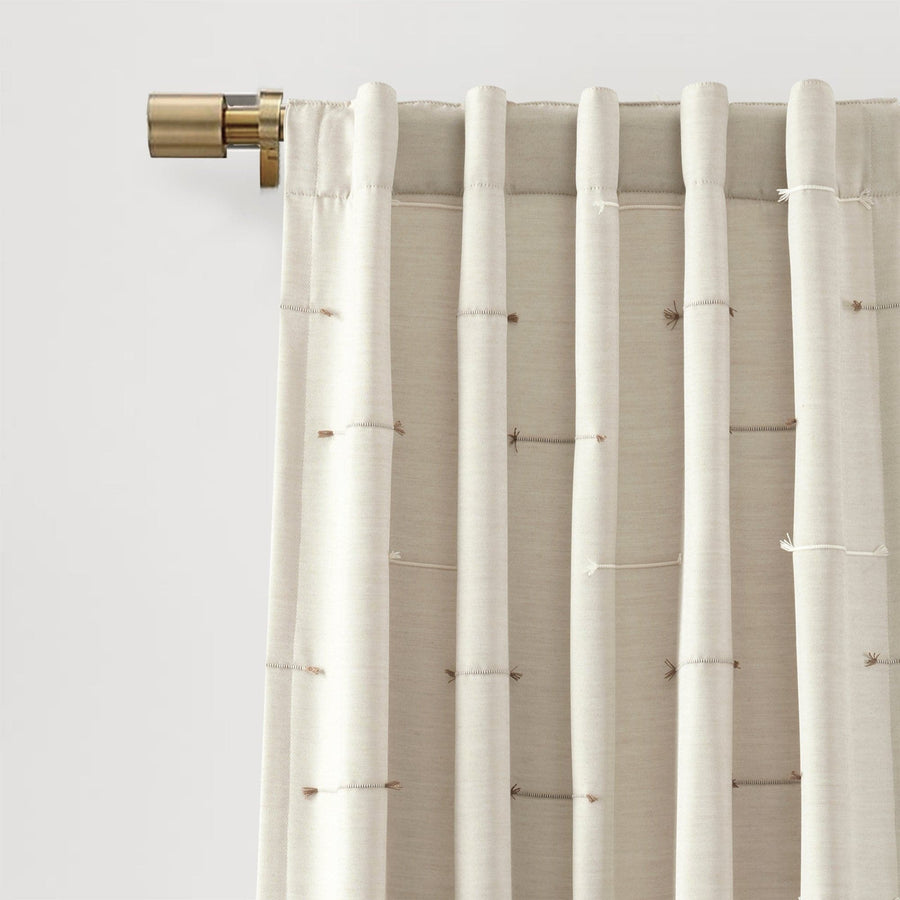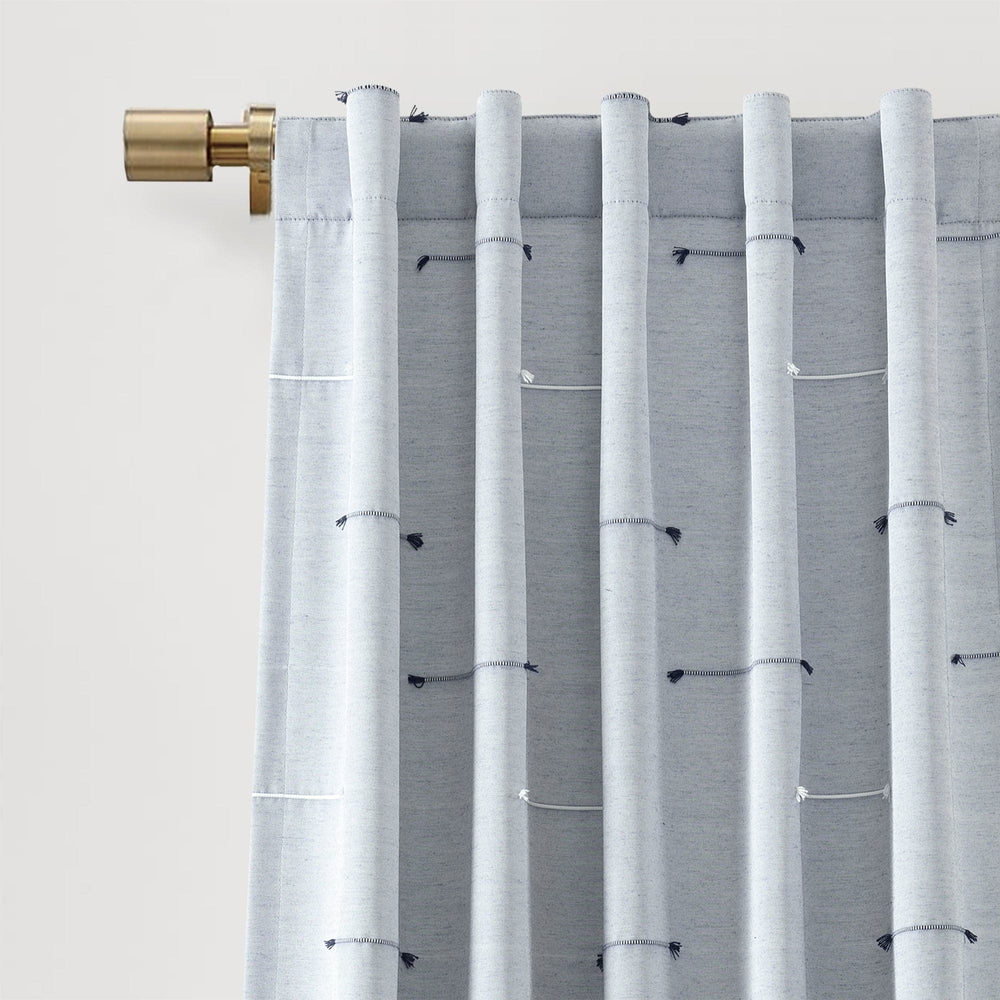Guest Blog: 5 Eco-Friendly Improvements for Your Home
If you've flicked through a home and garden magazine lately, then you'll know that ‘eco-friendly’ is the way forward. As effects of climate change become ever more acute, builders and home-owners alike have a responsibility to construct properties that will create the least amount of burden on the environment.
The good news about the widening net of ecological responsibility is that home-improvement and DIY markets now have plenty of products and materials to help you keep your environmental footprint as light as possible. With this in mind, we've compiled a list of the best home-improvement options to help you keep your home as eco friendly as possible.

1. Choose water-conserving bathroom fixtures
Without a doubt, the bathroom is the room of the home that uses the most water and energy. Bathroom furnishings such as the shower, sink, bath, and toilet may seem as if they were designed to drain the earth of its resources. Thankfully, many high-quality bathroom brands have shouldered their responsibility of keeping the environment clean – having designed water-conserving fixtures that won't use more energy than absolutely necessary.
Examples of these fixtures include sensor-activated taps, eco-friendly toilet systems, and lower-volume shower heads. For outside the bathroom, consider tankless or on-demand water heaters. Try your best to purchase appliances for the laundry and kitchen – such as washing machines, tumblers, fridges, and heaters – that have good energy star ratings.
2. Build a multi-use structure
Build multi-use structures that make economical use of space and energy. For example, you might repurpose shipping containers – an eco-friendly basic structure in itself – to hold tools, house micro-garden, or serve as a study room.







 Johanna is a freelance writer from New Zealand who enjoys writing about travel, home, and lifestyle. She combines her passion for sustainable living and home designs by learning how to recycle more, working on green projects and exploring alternative housing solutions.
Johanna is a freelance writer from New Zealand who enjoys writing about travel, home, and lifestyle. She combines her passion for sustainable living and home designs by learning how to recycle more, working on green projects and exploring alternative housing solutions. 
Leave a comment